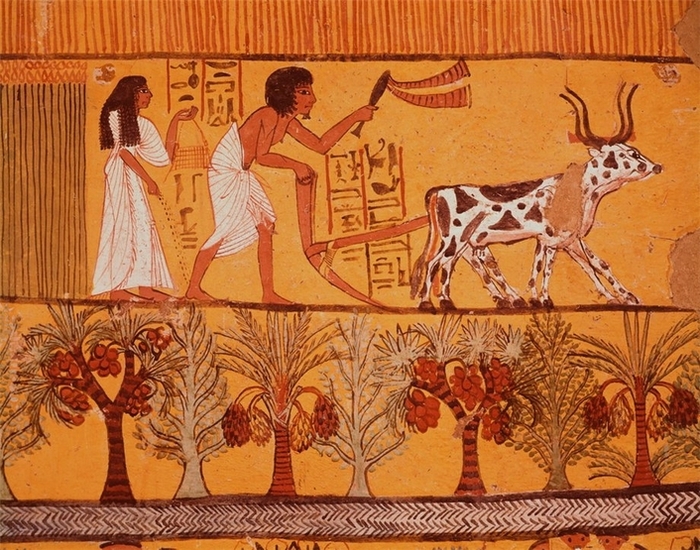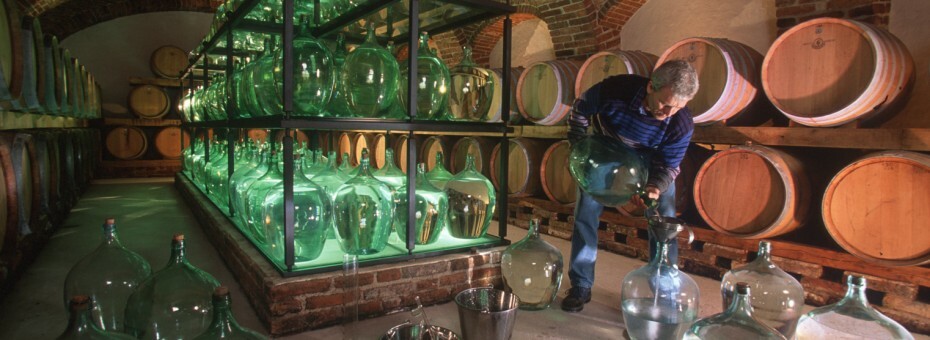Vinegar is a product obtained during the life of acetic acid bacteria. These amazing bacteria are present everywhere where the process of fermenting sugar takes place, the natural result of which is the formation of ethanol. Once in an environment containing alcohol, acetic acid bacteria begin to synthesize vinegar.
Curious historical facts

- In Greek, "oxos" means "sour".
- With vinegar, mankind met as long ago as with wine: ancient manuscripts testify to this. Already in ancient Babylon, its inhabitants knew how to make a date wine and date vinegar. And it was almost seven thousand years ago.
- Ancient people used vinegar as a food seasoning, household antiseptic, as well as hygiene products and in medicine.
- Mention of vinegar can be found in the Bible and in the Sunnah. In Chinese manuscript sources, information on vinegar began to appear three thousand years ago, and the Japanese evidence dates back to the fourth century of our era.
- Louis Pasteur in 1864 scientifically proved that vinegar is a product of microbiological synthesis.
What is vinegar made of?
The raw material for the production of vinegar can be practically any food products, which include natural saccharides( maltose, glucose, fructose).

Thanks to the action of yeast, which start the process of fermentation, fermented natural sugars turn into ethyl alcohol, which under the influence of acetic acid bacteria is processed into natural vinegar.
Natural vinegar preserves the taste and aroma of raw materials used for its production. So, what sorts of natural vinegar are most popular in different countries of the world?
- Wine vinegar is a product obtained as a result of oxidation of wine. White wine is obtained from white wine, red wine from red wine. Wine vinegar, characterized by soft taste, is used for the preparation of delicious desserts, fruit salads and delicatessen sauces.
 3:52
3:52  6:04
6:04  27:58
27:58  6: 57
6: 57  5:53
5:53  3:36
3:36 